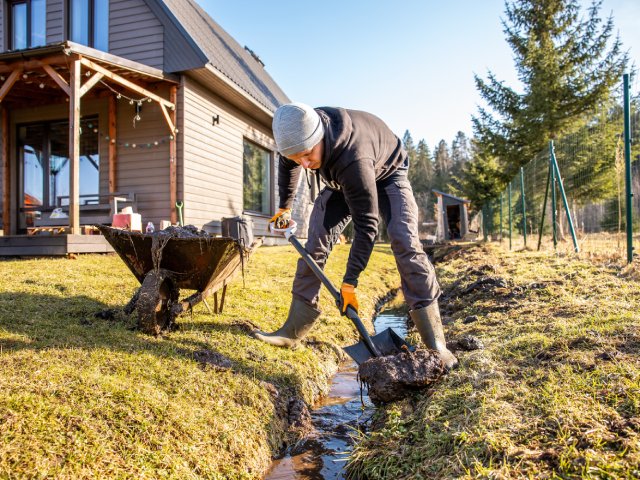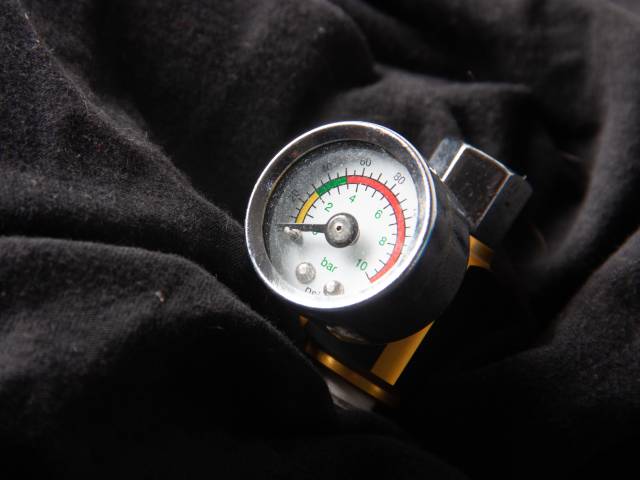

When severe weather strikes, it often leaves a trail of destruction. For homeowners, the aftermath of a storm can be overwhelming, but it’s essential to act swiftly to mitigate further damage and streamline the recovery process. Keep reading for a step-by-step guide for handling home storm damage.
Upon the storm’s departure, take immediate action to assess your property. Begin by checking for immediate safety hazards–downed power lines or structurally compromised areas. Conducting these initial assessments with extreme caution is imperative, given that storm-ravaged areas pose numerous risks.
Look for signs of structural damage, such as cracks in the walls, sagging roof elements, or a shifting foundation. Electrical damage can initially be subtle, with telltale signs like flickering lights or scorched outlets. Simultaneously, look for water damage, which can lead to mold growth and compromise the home’s stability if not promptly remediated.
Safety and preservation of your home’s undamaged sections should be a priority. This security involves securing areas with exposed elements, such as broken windows, to prevent further water or wind infiltration.
Utilize plywood, tarps, or other materials to cover these openings temporarily. Also, secure loose or hanging items like shutters, fence panels, and gutters, as these can become projectiles in the next storm.
Creating a detailed record of the destruction for your insurance claim is crucial. Take comprehensive photographs and videos of the damaged areas, items, and any documentation that helps to establish the value of lost or destroyed possessions. Make a written inventory of damaged goods, describing each one, its original cost, the appraised or estimated value, and any relevant receipts and records that can validate the claim. The thoroughness of your documentation can significantly impact the success of your claim.
Temporary repairs serve to stabilize the home until permanent restoration can occur. These repairs might entail installing temporary supports for a sagging roof, using tarps to cover leaks, or employing dehumidifiers to dry waterlogged areas. Be sure to keep all receipts and document the processes of these repairs. Only take these measures if it’s safe and you’re confident you can execute them effectively.
Reputable contractors skilled in storm restoration can address home repair’s structural and cosmetic aspects. Additionally, file an insurance claim for roof repairs to expedite coverage. Contact trusted restoration services for water and fire damage and a certified electrician to assess any hidden dangers in the home’s electrical system.
Ensure you fully comprehend your homeowner’s insurance policy, especially the coverage and limitations for storm-related damage. Familiarize yourself with the claims process and deadlines. Engage with your insurer as soon as the damage occurs, and stay proactive in following up on the status of your claim. Don’t hesitate to seek clarification on any aspect of the process, as insurance jargon can be dense and unfamiliar.
Patience and perseverance are the keys to recovery. Executing these actionable steps builds a solid foundation for restoring home storm damage. Staying organized with your documentation, seeking professional aid when needed, and understanding your insurance policies are integral parts of the process. Take solace in the fact that each checked-off box brings you closer to reclaiming the comfort and security of your home.
24World Media does not take any responsibility of the information you see on this page. The content this page contains is from independent third-party content provider. If you have any concerns regarding the content, please free to write us here: contact@24worldmedia.com

Tips for Improving the Sustainability of Your Shipments

Common Home Repair Tools To Have Available

Bathroom Essentials for New Commercial Restrooms

Strategies To Increase Sustainability on Your Farm

Top Machines Every Pharmaceutical Facility Should Invest In

How To Choose the Most Appropriate Work Gloves

Why You Need To Improve Drainage on Your Property

Essential Tips To Shield Your Car Windows From Damage

Warehouse Optimization Tips To Improve Performance

How High-Humidity Climates Affect Pressure Gauges